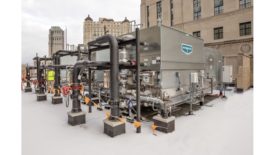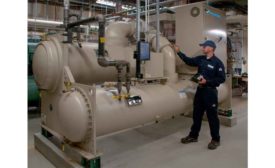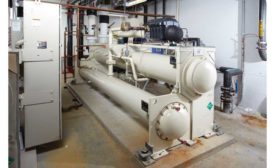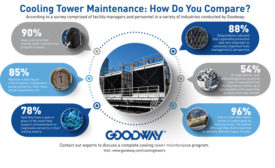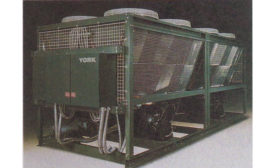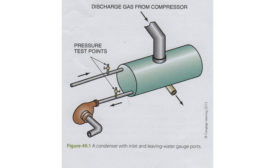Home » Keywords: » chiller maintenance
Items Tagged with 'chiller maintenance'
ARTICLES
This white paper describes how FT Energy Controls’ FlowBridge and ClimateControl technologies can be used to reduce costs
Read More
Preparing For Emerging Cybersecurity Attacks Against Chillers
What Protocols Need to be in Place For When Malicious Actors Come Knocking
Read More
Don’t Let the Massive Emergence of Cicadas Bug Your Cooling Tower Performance
Goodway Technologies offers best practices for keeping cooling towers clean
May 8, 2024
Cooling Chillers: A Primer
Experts discuss different chiller systems, their technologies, and applications
Read More
Chillers Provide Ideal Conditions For Cannabis
Chilled water systems offer optimal environment and energy savings in large grow facilities
October 27, 2021
Chiller Manufacturers Respond to Needs of In-Demand Markets
Data centers, schools need chiller upgrades due to pandemic shifts
Read More
How to Conduct Chiller Maintenance
The first step is to make sure the customer understands why it’s important
Read More
Copyright ©2024. All Rights Reserved BNP Media.
Design, CMS, Hosting & Web Development :: ePublishing






